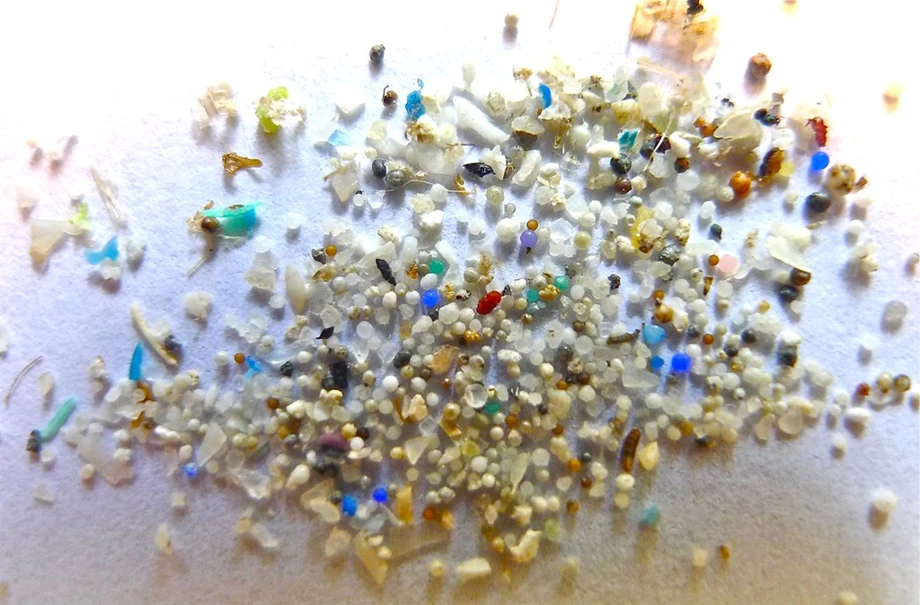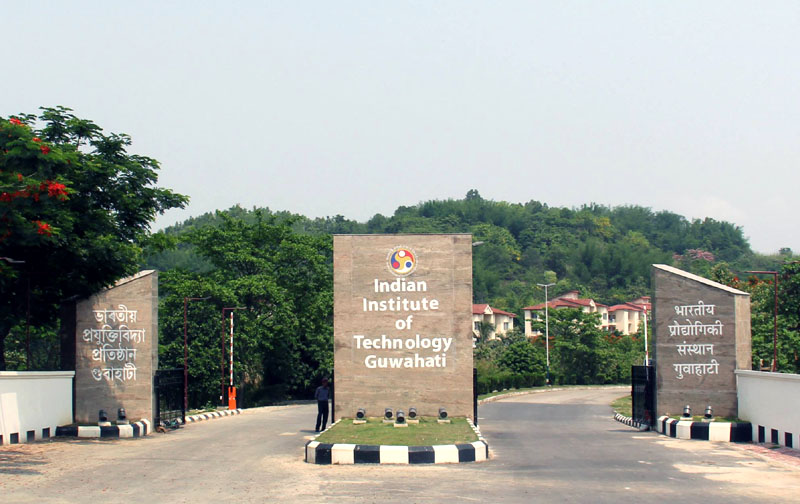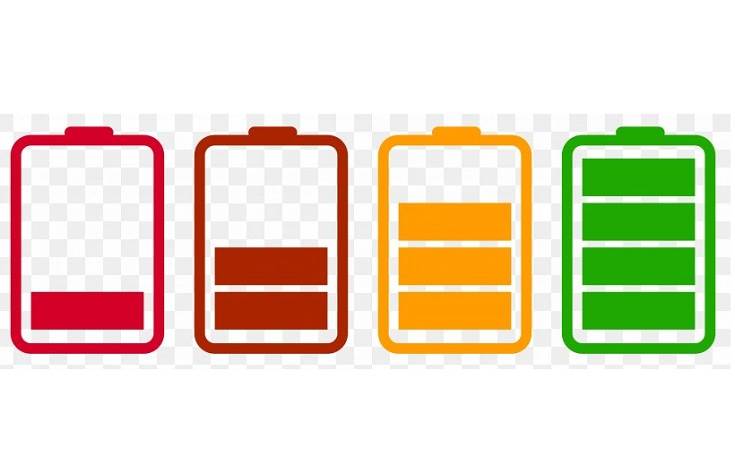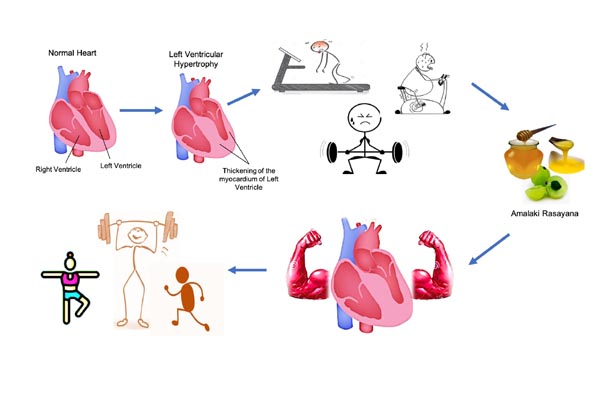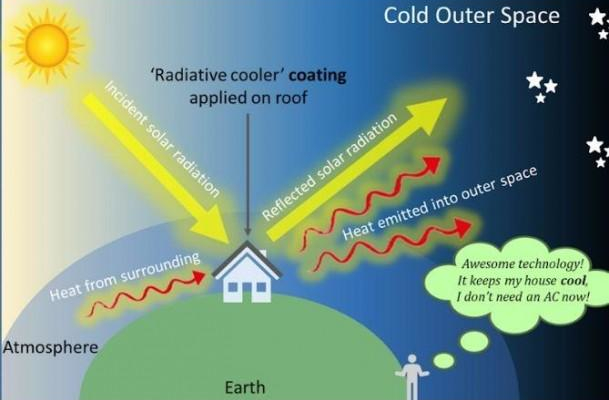IIT Guwahati invents low-cost, transparent, biodegradable wound-dressing film that helps body heal on its own
Posted: 2021-08-10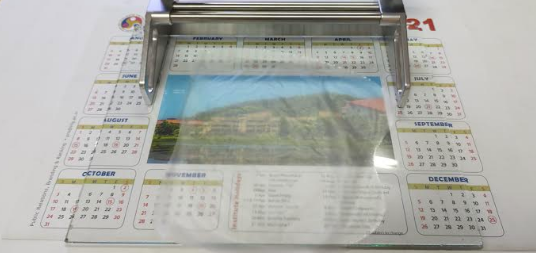
<div id="page1"> <p style="color: #0e101a; background: transparent; margin-top: 0pt; margin-bottom: 0pt; text-align: justify;"><span data-preserver-spaces="true" style="color: #0e101a; background: transparent; margin-top: 0pt; margin-bottom: 0pt;">Indian Institute of Technology Guwahati (IIT-G) researchers have invented a biodegradable low-cost composite transparent wound dressing film. The material, based on the integration of a synthetic polymer, is non-toxic and will create a moist environment that would enable the body to heal on its own through the endogenous enzymes, according to recent research. </span></p> <p style="color: #0e101a; background: transparent; margin-top: 0pt; margin-bottom: 0pt; text-align: justify;"> </p> <p style="color: #0e101a; background: transparent; margin-top: 0pt; margin-bottom: 0pt; text-align: justify;">IIT-G has created the knowledge framework and associated protocols for successful identification and optimisation of polymer hydrogel films for the probable wound dressing applications. </p> <p style="color: #0e101a; background: transparent; margin-top: 0pt; margin-bottom: 0pt; text-align: justify;"> </p> <p style="color: #0e101a; background: transparent; margin-top: 0pt; margin-bottom: 0pt; text-align: justify;"><span data-preserver-spaces="true" style="color: #0e101a; background: transparent; margin-top: 0pt; margin-bottom: 0pt;">Such customised and effectively designed novel materials provide the necessary hope to address issues such as biodegradability of synthetic polymer-based materials, cost of raw materials and processes, utilisation of expensive natural polymers to achieve functional materials, and biocompatibility of developed products, among others. </span><span data-preserver-spaces="true" style="color: #0e101a; background: transparent; margin-top: 0pt; margin-bottom: 0pt;"> </span></p> <p style="color: #0e101a; background: transparent; margin-top: 0pt; margin-bottom: 0pt; text-align: justify;"> </p> <p style="color: #0e101a; background: transparent; margin-top: 0pt; margin-bottom: 0pt; text-align: justify;"><span data-preserver-spaces="true" style="color: #0e101a; background: transparent; margin-top: 0pt; margin-bottom: 0pt;">The laboratory scale-based retail cost of the optimised CA-based PVA-St composite hydrogel film has been about Rs 0.188/cm2, which is about 66 per cent inexpensive in comparison with similar commercial materials that costs Rs 0.565 /cm2. </span></p> <p style="color: #0e101a; background: transparent; margin-top: 0pt; margin-bottom: 0pt; text-align: justify;"> </p> <p style="color: #0e101a; background: transparent; margin-top: 0pt; margin-bottom: 0pt; text-align: justify;"><span data-preserver-spaces="true" style="color: #0e101a; background: transparent; margin-top: 0pt; margin-bottom: 0pt;">Considering processing costs and probable insights from scale-up studies, the anticipated price of the developed materials is expected to be about 50 per cent or lesser of the commercial price of the mentioned materials. Compared to the CA-based PVA-St composite hydrogel film, the recently invented MA-based similar film has been about 4.56 per cent inexpensive.</span></p> </div>


